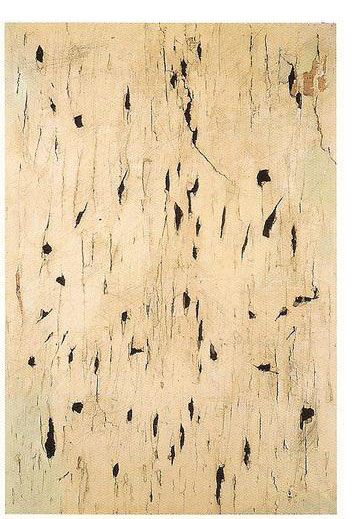 |
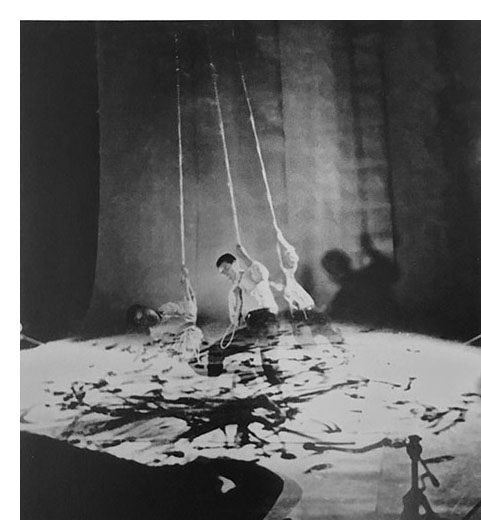 |
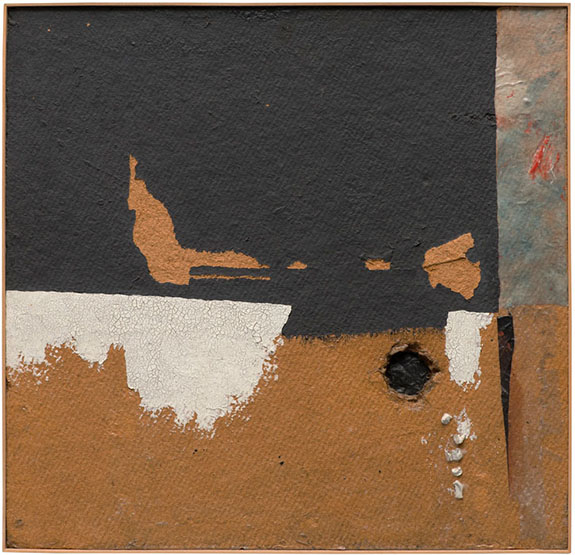 |
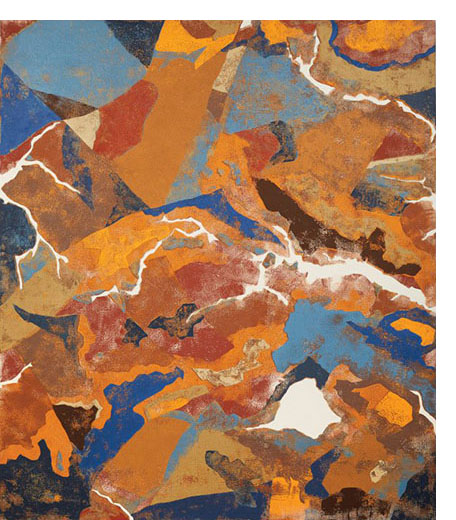 |
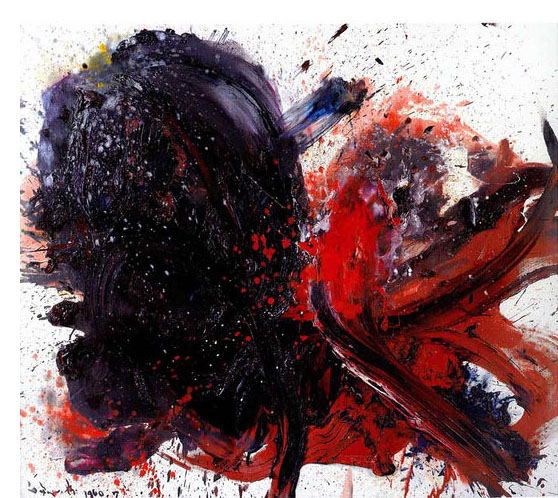 |
 |
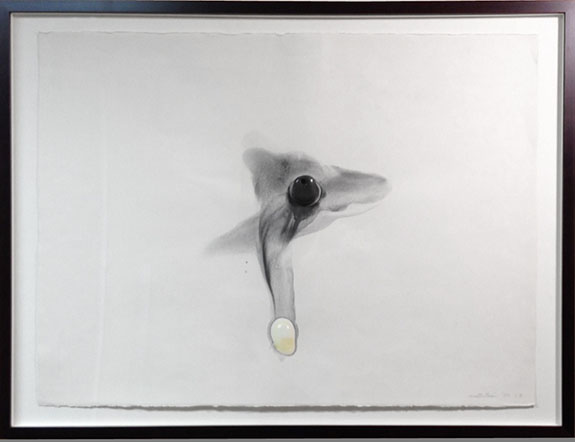 |
San Francisco artist and writer John Held, Jr. co-curated the exhibition Gutai Historical Survey and Contemporary Response, at the San Francisco Art Institute in February-March 2013. He presented a paper in New York City on archiving Japanese Mail Art during the September 2014 conference, For a New Wave to Come: Post-1945 Japanese Art History Now, sponsored by PoNJA GenKon, NYU Asian Studies and Japan House. Held has authored Mail Art: An Annotated Bibliography (1991), Rubber Stamp Art (1999) and Small Scale Subversion: Mail Art and Artistamps (2015), as well as contributing to Dictionary of Art (Grove, 2000) and At a Distance: Precursors to Art and Activism on the Internet (MIT, 2005). He has lectured at the V&A Museum (London, 1991), the Museum of Communications (Berlin, 2004) and organized exhibitions at the National Palace of Fine Arts (Havana, 1995) the Mayakovsky State Museum (Moscow, 2003).